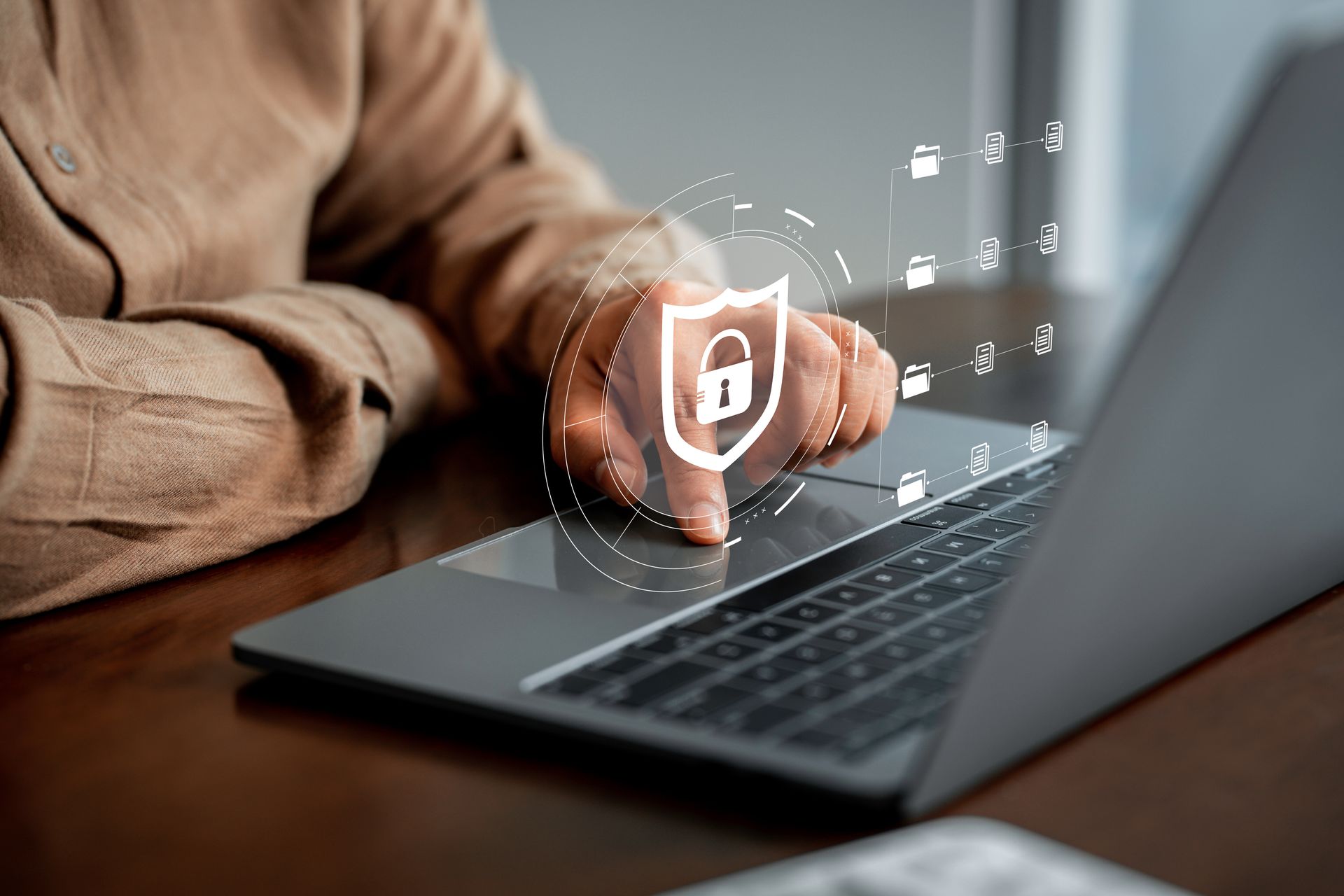Quick Tips For Safe Online Shopping

Please note this post was originally posted on December 12, 2018 and as been edited since then.
The holiday season is among us! To ensure that your online shopping experience will be merry and bright, here are a few select tips we’ve put together as a reminder on how to practice safe online shopping. Most importantly, always think before you click.
1) Shop only on websites that have an SSL encryption installed. Look to see if the url of the website you are on starts with a “HTTPS” instead of just a “HTTP” – this is how you will be able to tell if you are shopping on a secure website. An icon of a padlock should appear before the “HTTPS” in the address bar as well.
2) Stick with websites you are familiar with, that you trust and use regularly. Use websites that you have built credibility with you, that you have had a positive experience with.
3) Make sure you have antivirus software on your computer. If you already have an antivirus installed – take a moment and check to see if your antivirus software is up to date. Outdated antivirus software won’t help you and could make you vulnerable to new threats. The holiday season is the perfect time for cyber criminals to be lurking around and make an attack.
4) Online shopping is certainly at our fingertips with the ability to shop on a tablet and/or a mobile phone when out and about and so on. Sometimes we are overwhelmed with the feeling of “… I need that now!” when shopping on a website. But if you are out and not home on your own private wifi network, take precaution. Use a network that you know will be safe, such as a wifi network at Panera, Barnes & Noble, Starbucks, Target, etc. Tapping into an unknown network could be costly if it is unsecure. This opens up the possibility for sensitive information to be obtained by an untrusted source.
5) Don’t use promotional links in emails that look spammy or are simply from vendors you do not know. Trust us, it’s not worth the click. If you are interested in the promo, go directly to the website of that brand and view the ad directly from the source.
6) Create strong passwords! Especially during the holidays when you are online shopping and logging in and out of your favorite retailers sites – be sure your passwords are strong. For tips on how to create a strong and secure password, click here.
7) Holiday-themed apps or games are fun! But… be cautious if they are asking you to make any purchases.
8) If you are going to shop on your mobile device, shop within the apps that are provided by the retailer such as Target, Walmart and Amazon. To be safe, make a purchase directly within the apps of trusted retailers.
Just Added! 9) If you need to shop on the internet in Public Wi-Fi, you may want to considering using a VPN to keep you safe. A VPN stands for “Virtual Private Network.” A VPN provides a space that keeps hackers out while you can continue to work. It is an encrypted connection between your device and the VPN server. Adding another layer of protection while shopping online in a public space.
Just Added! 10) Not sure about the website your on but still want to make a purchase? Do a little investigating before completing your transaction. Maybe check out their social media pages… are they active on their social media? Are the social media pages up to date? Are they interacting well with visitors on sites such as Facebook, Instagram or Yelp? The hope is that there is good interactions and social media is being kept up-to-date. All of this can really help to keep you safe while shopping online.
Just Added! 11) Share as little personal information as possible. When shopping online, don’t share any extra information. Your name, address and credit card information should be enough for a purchase. If you share any other type of info such as your birth date or social security number – this can help cyber attackers cause a lot of harm to you and your accounts.
Just Added! 12) Keep a copy of the confirmation page from your online purchase. This will be handy to have in case anything looks phishy on your bank statement. If anything looks strange on your statements from a purchase, compare it to your confirmation page.
Lastly, one more EXTRA quick tip – make sure to monitor your bank and card activity. Now… go and enjoy the holidays with your family and friends! The team at SDTEK wishes you a very safe and wonderful holiday season!
The post Quick Tips For Safe Online Shopping appeared first on SDTEK | San Diego, CA.


